With the first week of April done, now seems as good a time as any to take a look back at last month’s not-so-well-received games. March was a crazy month. We saw some amazing games released, such as Bloodborne, Yakuza 0, Hotline Miami 2, and more that likely have your wallet starving by now. Of course, not everyone can be a winner, so we’ve compiled our lowest-scoring games into the gallery below.
If you’d rather read up on what you should actually be buying/playing this month, don’t forget to check out our Game of the Month post, with our must-play recommendations.
What do you think? Were we too lenient on some of these stinkers? Or maybe too harsh? Have any other games in mind that needed some more work before going “gold?” Let us know in the comments below.
Thanks for Playing - March 2015
-
Yorbie: Episode 1 – Payback’s a Bolt
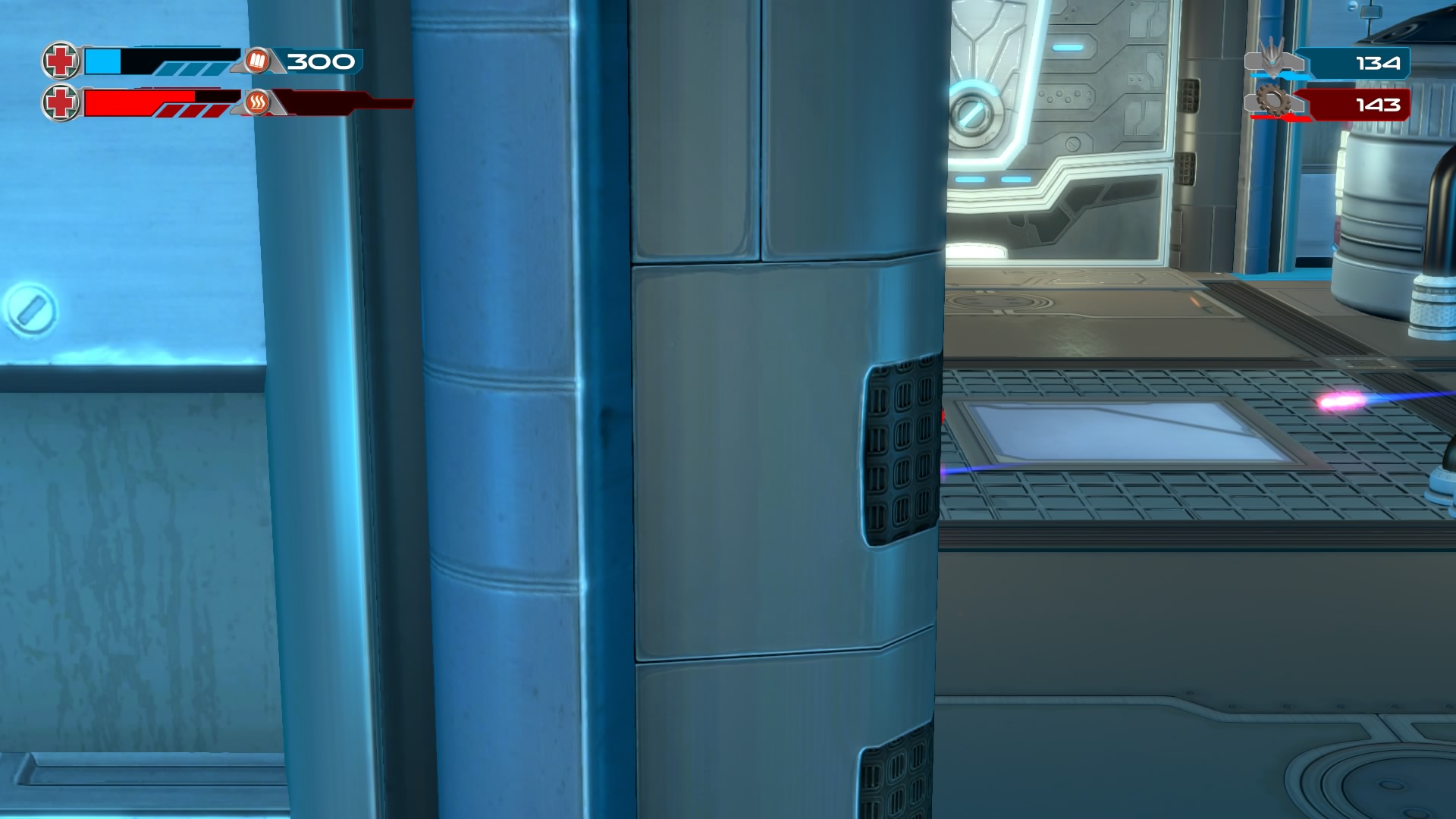
Score: 2.0/10
Reviewer: Paulmichael Contreras
Read our review here. Yorbie: Episode 1 – Payback’s a Bolt is a PS4 exclusive you won't be proud to have in your collection. It sounds like it took inspiration from Ratchet & Clank, but only in theory.
What Went Wrong?
Oh man, where to start. The controls are terrible, as is the platforming. The story is minimal. The graphics wouldn't have made the PS2 sweat. The main character is annoying and misogynistic. The soundtrack is a looping five-second track earache. To top it all off, this five-level (!) travesty is priced at $20!
What Went Right?
This is a hard question to answer, when so much of the game was so wrong. But to developer Happy Dance Games' credit, Yorbie does support same-system four-player multiplayer.
What Would Have Helped?
QA testing of any kind would have shown the developers that this game was far from primetime. It felt like they had an okay story ready to tell, but none of it was told in the game's short five levels. The camera needed some major tweaking. Really, the keywords here are testing and more development time.
-
Aces of the Luftwaffe
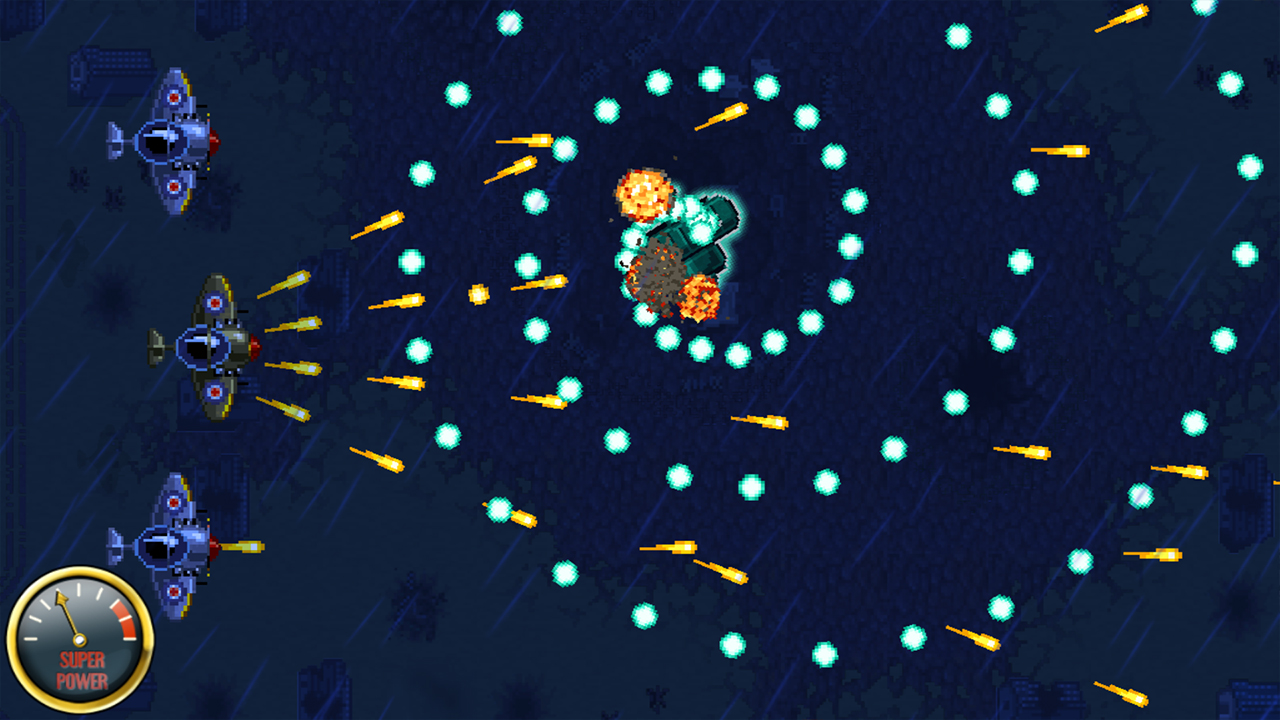
Score: 3.5/10
Reviewer: Michael Briers
Read our review here. If you've been looking forward to classic shoot-em-up gameplay in the same vein as 19XX, then you'll unfortunately want to look elsewhere than this mobile port.
What Went Wrong?
You can often tell when a game was originally released on mobile platforms, and in this case Aces' tell was in its mechanics. An unlock system that is all too-common in freemium mobile games stayed intact here, which on the PS4 translated to needless replaying of levels to unlock a new ship. Autofire was also on and not a setting, so this left you moving your ship with the analog stick and occasionally pressing L1 or R1 to launch a special attack, which can get boring.
What Went Right?
Thankfully, Aces was converted to be played horizontally, making full use of the extra real estate that a console hooked up to a television can bring. The presentation and music were also admirably done.
What Would Have Helped?
Remembering your target audience is always important, perhaps doubly so with a port. When you're porting from a mobile platform into a home console, know that gamers will be skeptic, especially if the original is free-to-play. Console gamers have controllers with a plethora of buttons to press; let us use them! Get rid of arbitrary locks on playable characters as well.
-
Bladestorm: Nightmare
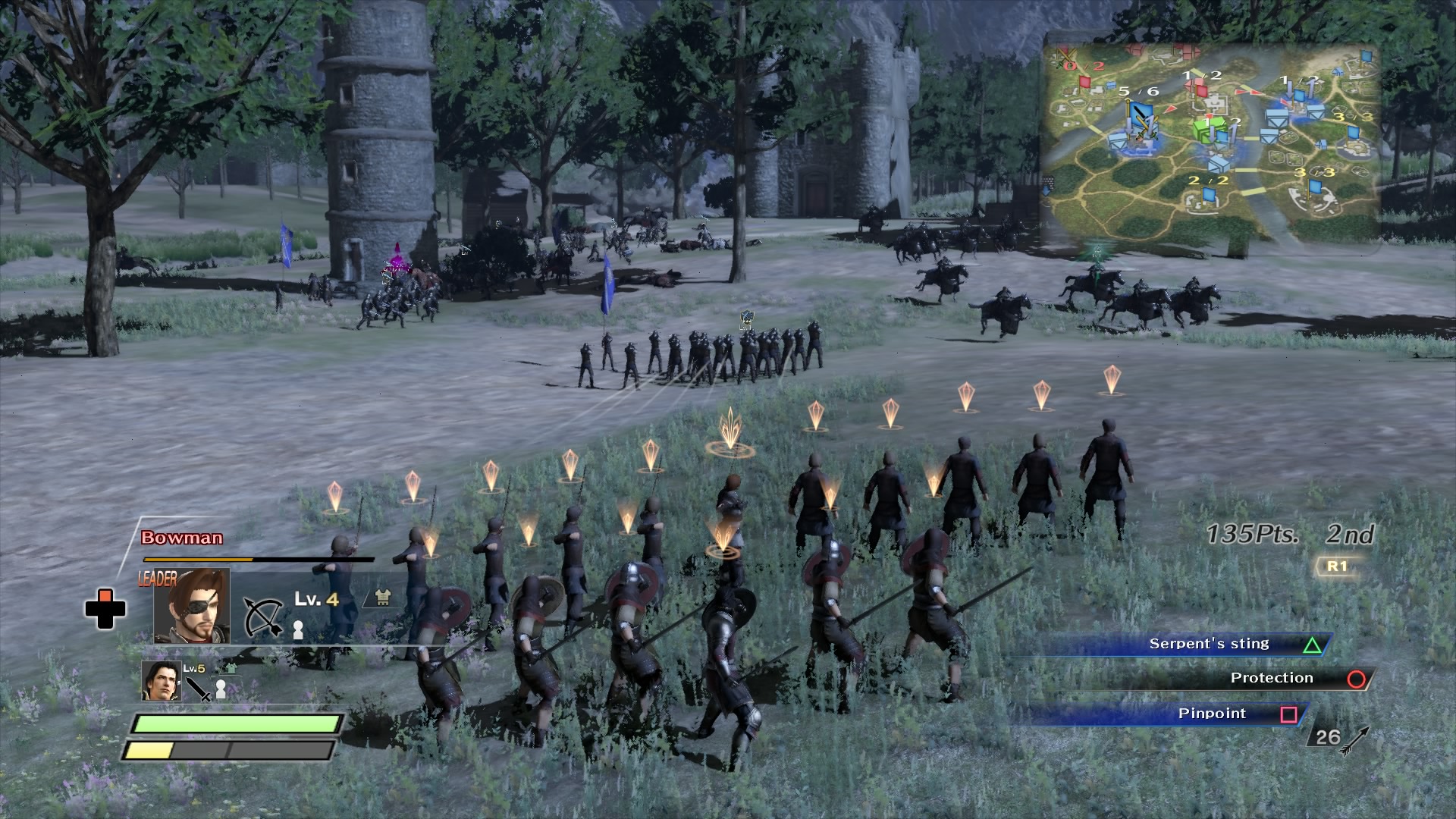
Score: 4.5/10
Reviewer: Mark Labbe
Read our review here. Omega Force is at it again, having their way with history and sending you into battle against thousands upon thousand of enemies. Unlike Dynasty Warriors, which is generally at least above-average, this did not hit the spot.
What Went Wrong?
Ever wonder what it'd feel like to be a God in a battlefield of thousands? Well Bladestorm: Nightmare lets you fulfill that dream, and brother (or sister), that dream is pretty boring. Your enemies are dim-witted, and rarely attack you in time. Even the bosses become a snooze-fest as your overpowered warriors easily trounce them in mere seconds. Throw in a pointless story and graphical problems, and you're in for a bad time.
What Went Right?
Variety is the spice of life, and Bladestorm had it in spades. There were a ton of classes to choose from, each behaving quite distinctly from another in terms of how you approach a battle. Battlefields were exceedingly large, and they were filled with enemies and allies alike. Playing with history can also be fun, as the Dynasty and Samurai Warriors franchises have shown us.
What Would Have Helped?
Taking a cue from the more nuanced Samurai Warriors, more challenging enemies would have made the game less of a tedious chore. Also, while large battlefields are also a nice thing to have, make sure you fill them up with something to fight. This is a problem that the Warriors series also has, though, so perhaps the developer has yet to really receive the memo.
-
Oreshika: Tainted Bloodlines
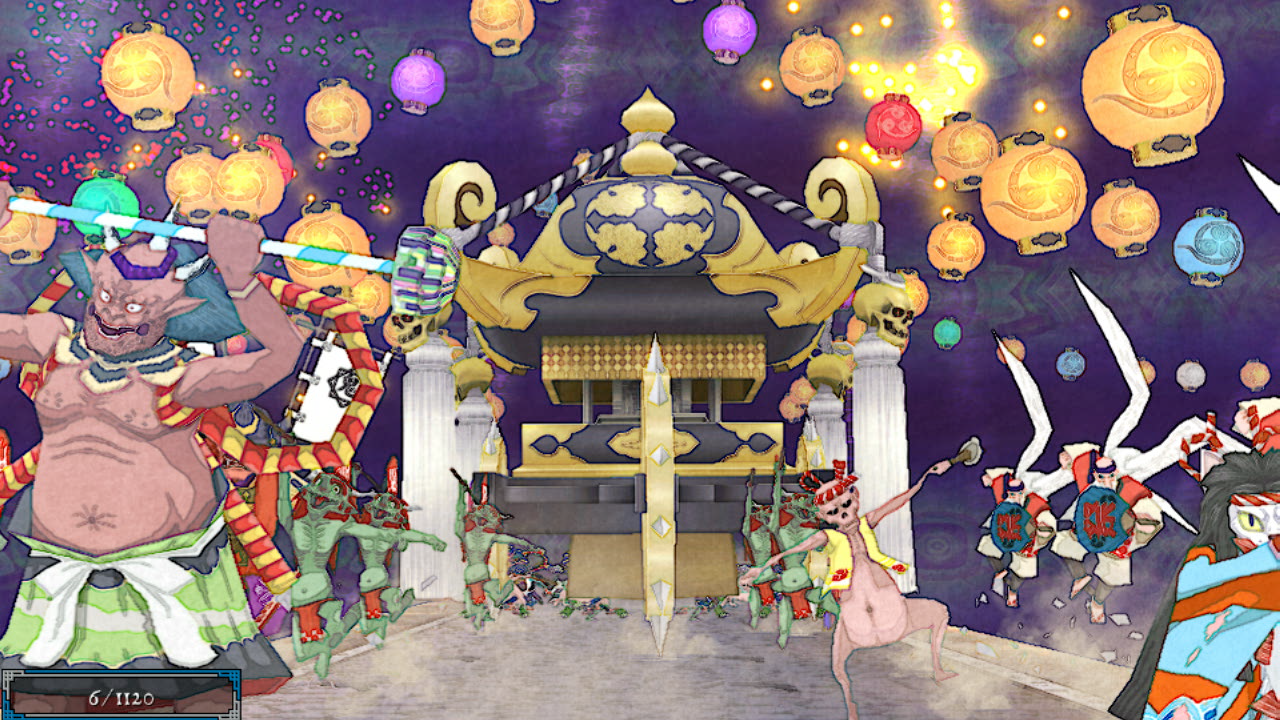
Score: 4.5/10
Reviewer: Cameron Teague
Read our review here. In case you were wondering, why yes, Oreshika: Tainted Bloodlines is a JRPG that has seen a port over to the West. Its port wasn't too well-received by us, and we don't think it's due to a "lost in translation" issue, but rather frustrating mechanics.
What Went Wrong?
Oreshika had a gimmick where your characters could only live for two years before dying due to a curse placed on their village. Naturally, this meant you had to play with a quickness, but when the dungeons that you're placed in are not well-designed, any backtracking you had to do cost you precious time. Replacement characters played very similarly to their predecessors, which left players with few feelings of accomplishment. On harder difficulties, Oreshika became the definition of the slow grind.
What Went Right?
Oreshika boasted a beautiful art design, and on the Vita the paint-like textures practically popped out of the screen and into your lap. Enemies were well-designed, and the various trades for your playable characters ensure numerous combinations to choose from and experiment with.
What Would Have Helped?
A sense of direction, and less penalty for getting lost would have alleviated a lot of frustration for players. As always, there is a fine line to walk between challenging battles and endless grinding to get ahead. You also have to remember to dangle some sweet prizes in front of players that they know they can eventually get - having drops that are always random do not help with this.
-
Zombie Army Trilogy
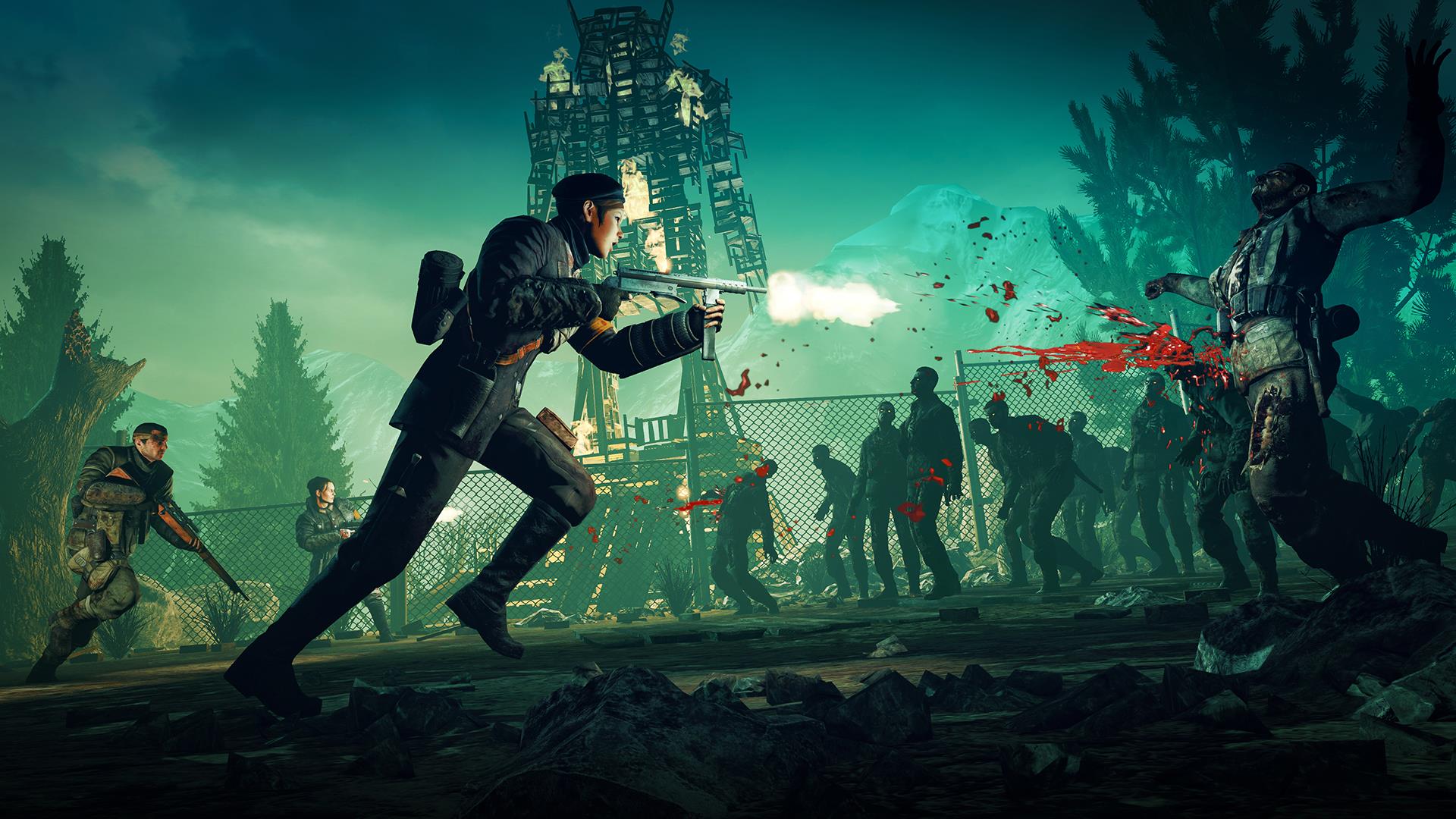
Score: 4.5/10
Reviewer: Tyler Treese
Read our review here. Sniper Elite creator Rebellion Developments took a cue from Call of Duty and released a zombie-themed spin-off of their main game. Unfortunately, this may not have been as brilliant of an idea.
What Went Wrong?
Nothing went terribly wrong with Zombie Army Trilogy, it's just that nothing was particularly well done. Here we have a game that was designed with co-op in mind. This sounds great, until you try to play alone and the game's unfair balancing sees you dying at the hands of unintentionally overpowered enemies time and time again. Scripting issues also needlessly hampered story progression, and players were forced to comb a level over to find the last one or two straggling enemies.
What Went Right?
Since Zombie Army Trilogy uses the same engine as the Sniper Elite series, it actually looks pretty good. Co-op enhances the gameplay and makes tough encounters bearable, and the Sniper Elite's trademark slow-motion bone shattering is still cool to see. Also, you get to kill a zombie hitler. Who wouldn't want to do that?!
What Would Have Helped?
Some more attention to enemy balancing when in single player would have resulted in a lot less frustration. The game scripting could have used some more testing, as well, since backtracking to find that last enemy in order to progress feels like an outdated issue.






